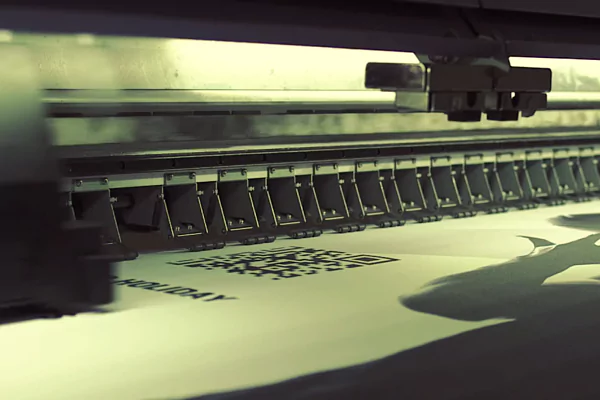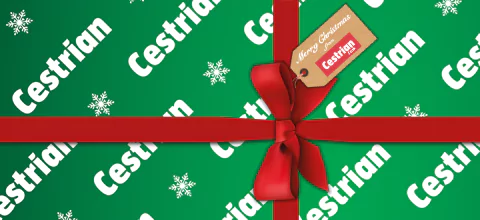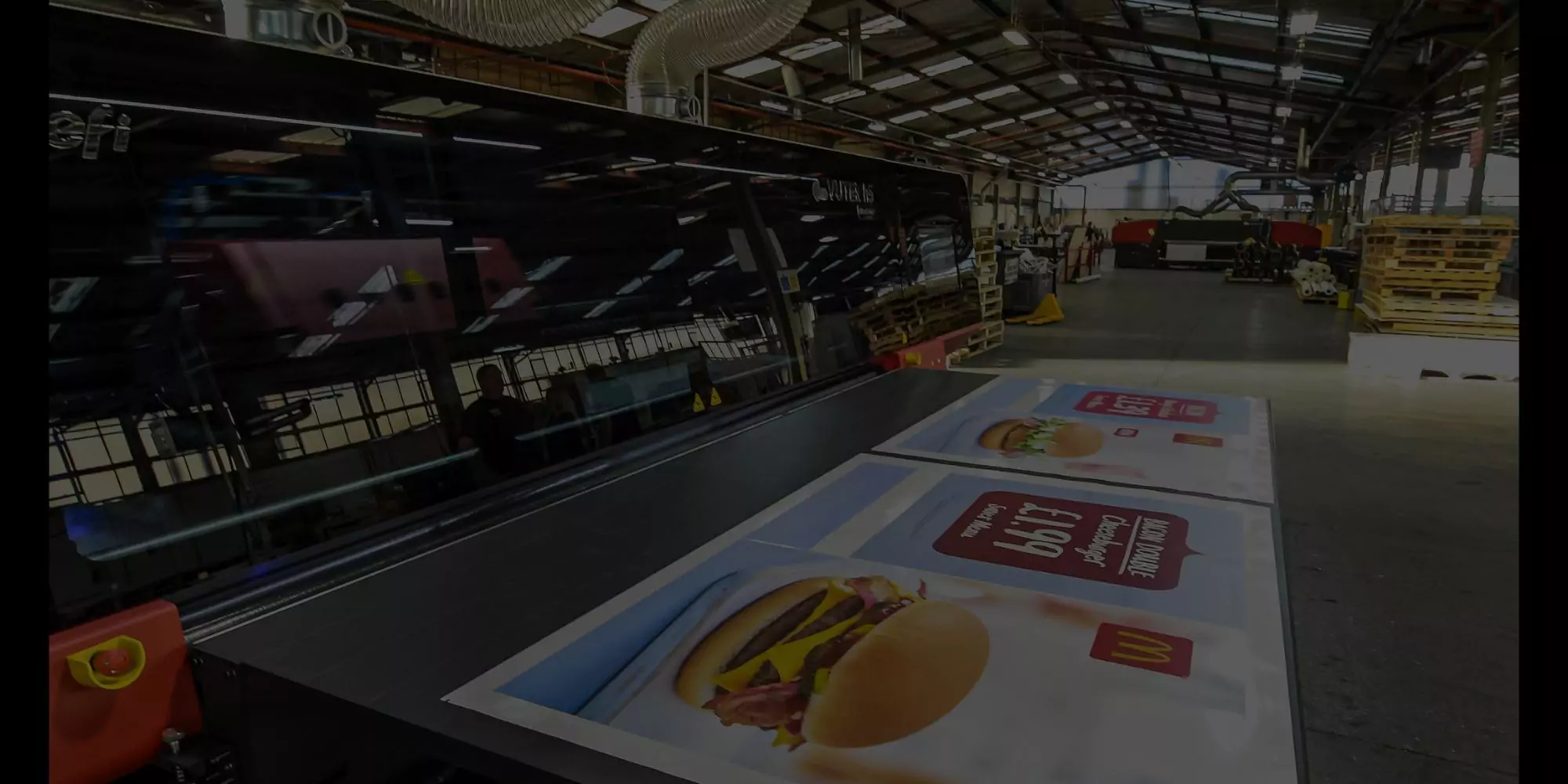
The argument over ‘print is dead’ versus ‘print will always be around’ has been going on for years and has been over-exaggerated by many in the media.
According to an article in B2B Marketing, it is evident that the use of printed communications has changed, but companies are still using lots of printed collateral in their marketing mix. Furthermore, a Xerox survey demonstrated that over 70% of companies surveyed, envisage that print will remain a major part in their marketing tactics. Whilst a report from the BPiF illustrated that the UK printing sector has a turnover £14.1 billion, employs 130k people in 10k companies….doesn’t sound too ‘dead’ to us.
Print Over Digital
There are endless benefits to printed communications compared to digital media:
- Print is tangible and cannot be easily ignored. It engages the recipients and has a higher read rate than email and other forms of digital communication.
- The combination of striking images plus clever copy can cut through any amount of digital noise – creating a strong brand image.
- Print needs little involvement from the reader without any distractions, whereas digital usually requires the reader to ‘do something’ in amidst of dozens of other messages and call-to-actions.
Digital media on the other hand:
- Is one of the easiest formats to measure – from unique visitors to click-through rates and analytics tracking.
- Is cheaper to produce so you can reach target audiences more cost effectively.
- Is also quicker to create so tactics can be changed at the last minute if needs be.
Working Together
It’s easy to get into a debate about the pros and cons of print marketing and digital marketing, but in truth they should be working together. Canon report that cross media campaigns (distribution of content across multiple platforms) deliver the highest response rates. They state; “powerfully designed, high-quality print firmly establishes a brand’s positioning and the value it places on its customers and can create an emotional bond and brand loyalty. Digital is best used in combination for follow-up and immediate contact for news and brief information.” Companies should identify how they can take the strengths of both print and digital mediums to maximise the impact of their marketing campaigns.
Paper is the bridge to your digital tactics
When small format print is personalised and combined with technology such as personalised URLs, print campaigns are easily merged with your digital information. Once they’ve arrived at the URL, you can communicate additional messages and work out what your readers are most interested in by measuring the links clicked – increasing print’s measurability.
In the case of large format printing such as billboards, posters or even some PoS, brands can instantly connect their readers to website pages using technology such as image recognition apps or QR codes. Ideal for retailers, a QR code could direct the reader straight to the product page on an e-commerce site – meaning you’re not relying on the reader to remember to search for the product when they get home.
On the whole, it’s worth remembering that by using a combination of digital print and online media you generate more opportunities to connect with your target audience.
Looking for help with integrating digital print with online tactics?
From intelligent variable data print to incorporating image recognition apps into your creative graphics, the Cestrian team can work with you to create retail printing solutions that bring your brand the results it deserves.


